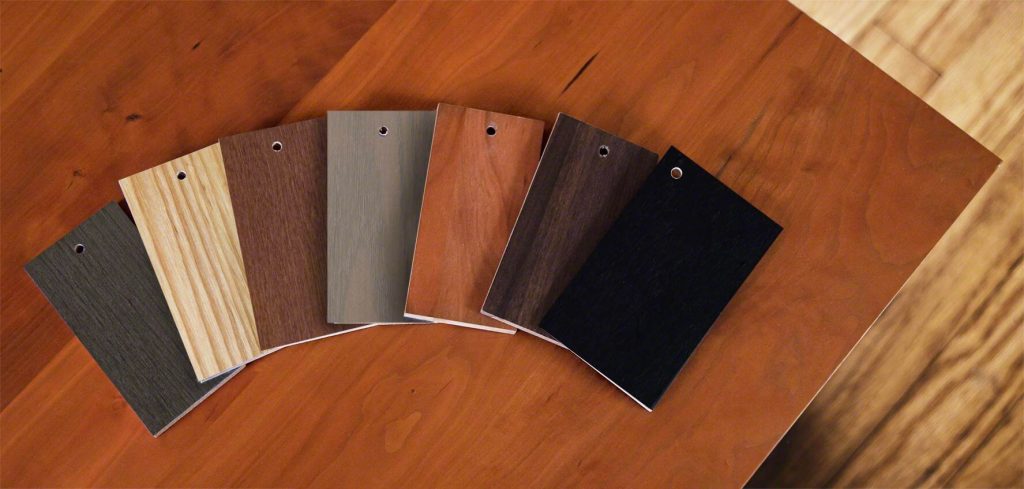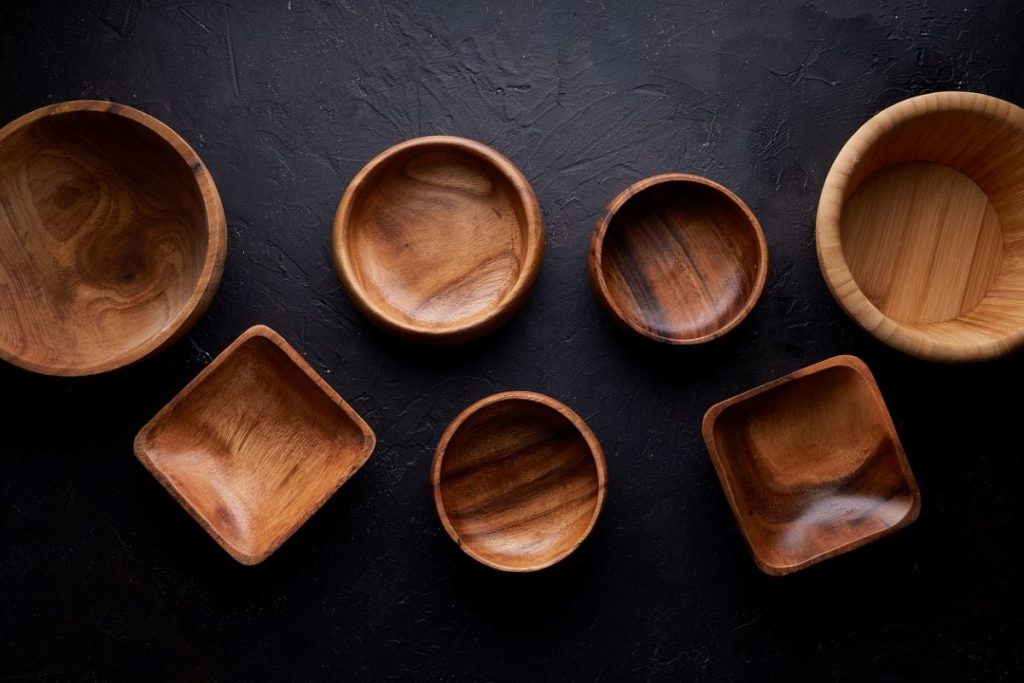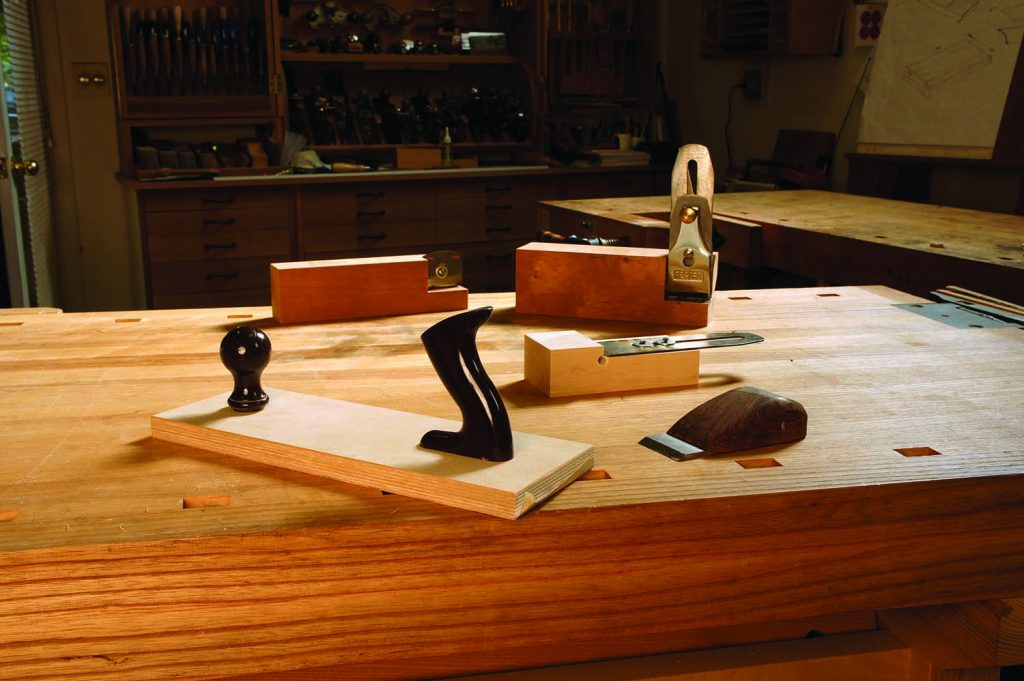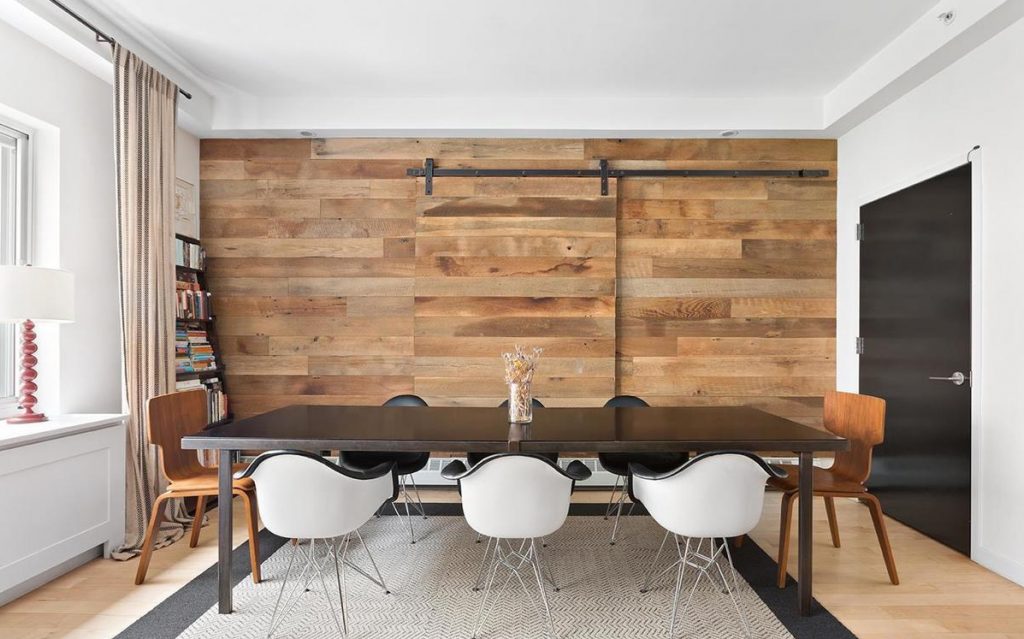Woodworking is a timeless craft that allows you to transform raw materials into functional and beautiful pieces. One of the critical decisions in woodworking is choosing the right type of wood for your projects. Different wood species vary in terms of appearance, strength, durability, and workability.
In this comprehensive guide, we will explore the factors to consider when selecting wood for your woodworking projects. From hardwoods to softwoods and understanding wood grain patterns to considering sustainability, this guide will equip you with the knowledge to make informed choices and create exceptional woodworking masterpieces.
Understanding the Difference between Hardwoods and Softwoods
- Hardwoods: Hardwoods come from deciduous trees and are known for their density and durability. They are often used in furniture making, cabinetry, and intricate woodworking projects. Common hardwood species include oak, maple, walnut, mahogany, and cherry.
- Softwoods: Softwoods come from coniferous trees and are generally less dense and more affordable than hardwoods. They are commonly used in construction, outdoor projects, and less intricate woodworking. Popular softwood species include pine, cedar, spruce, and fir.

Factors to Consider when Choosing Wood
- Appearance and Grain Patterns: Different wood species exhibit unique grain patterns, colors, and textures. Consider the desired aesthetic of your project and select wood that complements the overall design. Some woods have prominent grain patterns, while others offer a more uniform appearance.
- Strength and Durability: Assess the intended use of your project and choose wood that matches the required strength and durability. Hardwoods are generally stronger and more resistant to wear and tear, making them suitable for furniture and high-traffic areas. Softwoods, on the other hand, may be better suited for lighter applications.
- Workability: Consider your woodworking skills and the tools you have available. Some woods are easier to work with, while others may require more advanced techniques or specialized tools. Softwoods are generally easier to cut, shape, and sand, while hardwoods can be more challenging but offer greater precision and detail.
- Stability and Moisture Resistance: Wood expands and contracts with changes in humidity and temperature. Some woods are more stable than others and less prone to warping, shrinking, or swelling. Consider the environmental conditions in which your project will be placed and choose wood that is suitable for those conditions.
- Sustainability and Environmental Impact: As an environmentally conscious woodworker, consider the sustainability of the wood you choose. Look for wood certified by organizations such as the Forest Stewardship Council (FSC), which ensures responsible and sustainable forestry practices.
Popular Wood Species for Woodworking Projects
- Oak: Oak is a durable and versatile hardwood with a beautiful grain pattern. It is commonly used in furniture making, flooring, and cabinetry.
- Maple: Maple is a dense and light-colored hardwood known for its durability and fine grain. It is often used in furniture, kitchen cabinets, and musical instruments.
- Walnut: Walnut is a dark and rich hardwood with a distinct grain pattern. It is prized for its beauty and commonly used in furniture making, flooring, and decorative accents.
- Pine: Pine is a softwood with a pale color and a straight grain. It is affordable, easy to work with, and commonly used in construction, interior trim, and furniture.
- Cedar: Cedar is a fragrant and rot-resistant softwood. It is popular for outdoor projects, such as decking, fences, and garden furniture.
Choosing the right wood is a crucial step in the woodworking process. By considering factors such as appearance, strength, workability, stability, and sustainability, you can make informed decisions and select the perfect wood for your projects.
Whether you opt for the durability and beauty of hardwoods like oak, maple, and walnut, or the affordability and versatility of softwoods like pine and cedar, each wood species brings its unique characteristics to your woodworking creations.
So, explore the vast world of woodworking, embrace the beauty of different wood species, and let your creativity flow as you bring your woodworking projects to life with the perfect choice of wood.



